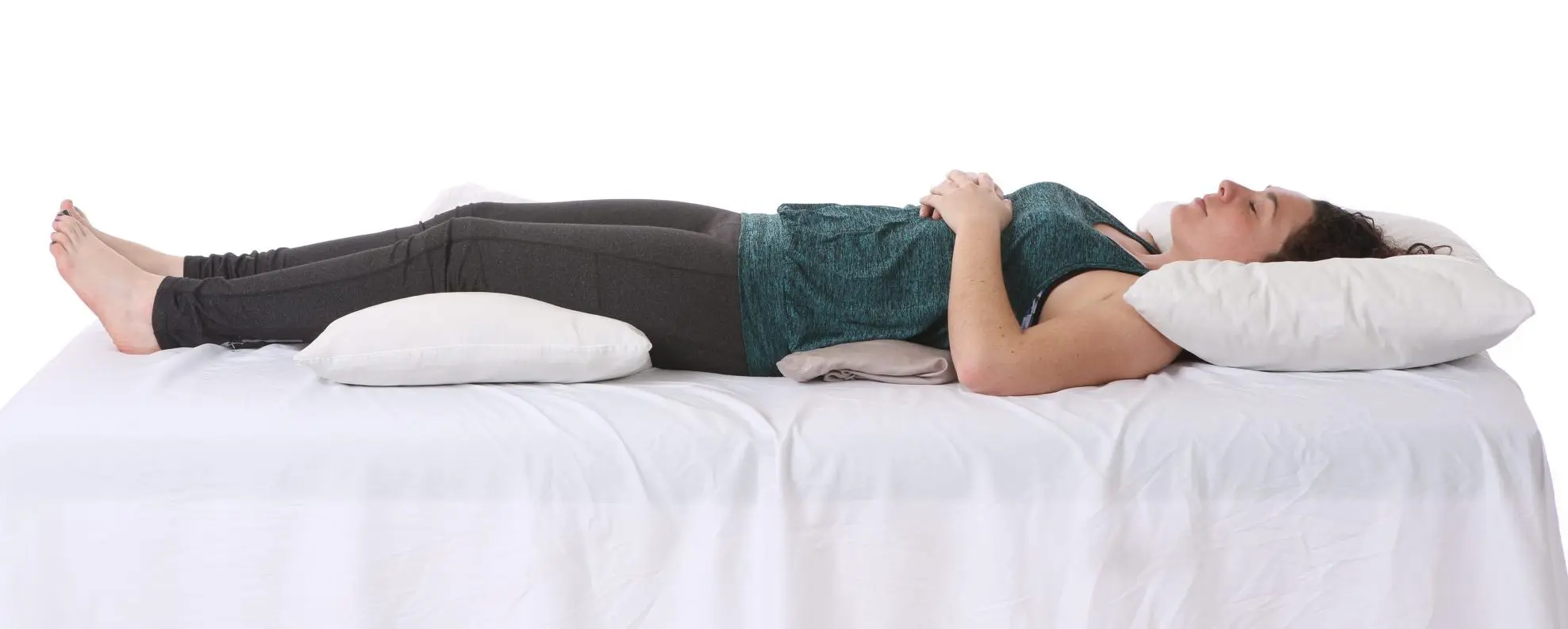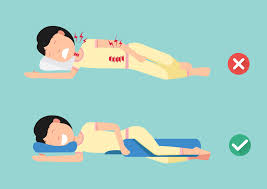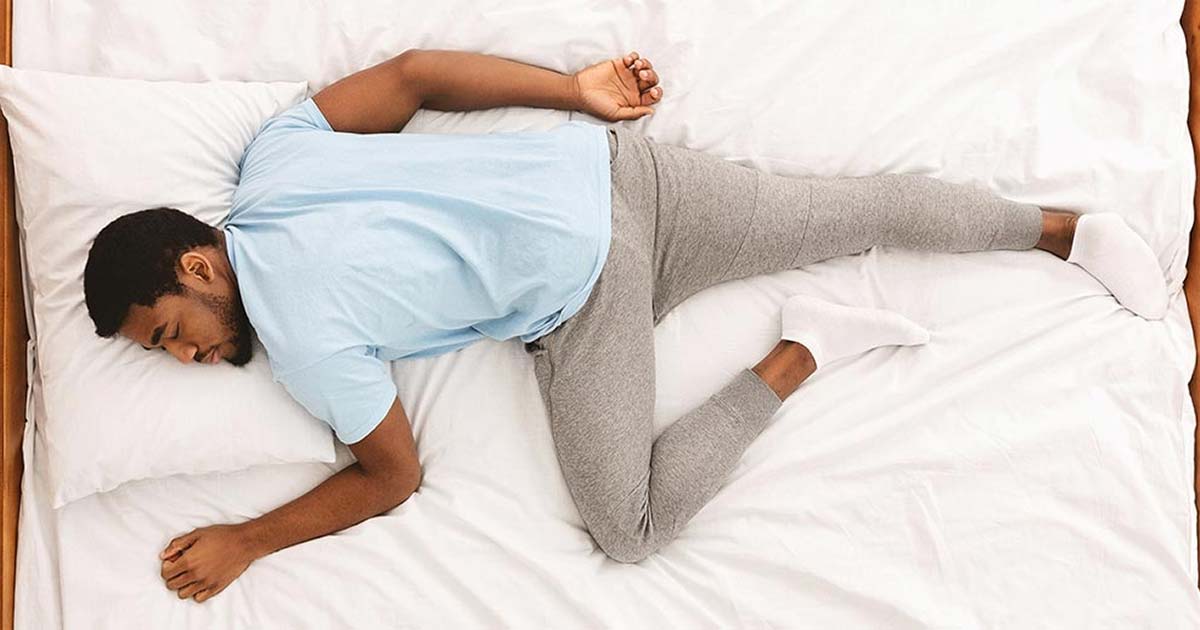
Best Sleeping Positions and Mattress Considerations to Fix Neck and Back Pain
Quality sleep is essential for overall health and well-being, but many people struggle with neck and back pain that disrupts their rest. The way you sleep and the mattress you use can significantly impact your comfort and spinal health. By adopting the best sleeping positions and choosing the right mattress, you can improve your sleep quality and alleviate neck and back pain. Here’s how.
Best Sleeping Positions to Fix Neck and Back Pain

Sleeping on Your Back
Why it’s beneficial: Sleeping on your back maintains a neutral spine position, distributing your body weight evenly and reducing pressure on your neck and back.
Tips: Use a supportive pillow to keep your head in alignment with your spine. Placing a small pillow or rolled-up towel under your knees can help maintain the natural curve of your lower back.

Sleeping on Your Side
Why it’s beneficial: Side sleeping can help reduce snoring and is often recommended for people with sleep apnea. It also keeps your spine elongated, which can alleviate back pain.
Tips: Use a firm pillow that keeps your head and neck aligned with your spine. Place a pillow between your knees to prevent your top leg from pulling your spine out of alignment and reduce lower back strain.

Avoid Sleeping on Your Stomach
Why it’s problematic: Stomach sleeping can strain your neck and lower back because it’s difficult to maintain a neutral spine position. This position often forces you to turn your head to one side, causing neck pain.
Tips: If you must sleep on your stomach, use a thin pillow or no pillow at all to reduce neck strain. Placing a pillow under your pelvis can help maintain the natural curve of your spine.
Best Mattress for Neck and Back Pain Relief

Choose the Right Firmness
Why it’s important: The firmness of your mattress can greatly affect your spinal alignment and comfort. A mattress that is too soft may cause your body to sink, misaligning your spine, while a mattress that is too firm can create pressure points.
Tips: Aim for a medium-firm mattress, which typically provides a good balance of support and comfort. However, personal preferences and body types vary, so choose a firmness that feels right for you.
Consider Your Sleeping Position
Back sleepers: A medium-firm to firm mattress is ideal for providing the support needed to keep your spine aligned.
Side sleepers: A softer to medium-firm mattress can help cushion your shoulders and hips, promoting better spinal alignment.
Stomach sleepers: A firm mattress helps prevent your body from sinking too much, which can strain your back and neck.
Look for a Mattress With Proper Support
Why it’s important: A supportive mattress maintains the natural alignment of your spine, preventing and alleviating pain.
Tips: Ensure your mattress provides adequate support for your weight and sleeping position. Innerspring, memory foam, and hybrid mattresses all offer different levels of support; choose one that best meets your needs.
Mattress Age and Quality
Why it’s important: Over time, mattresses can lose their supportive qualities, leading to discomfort and pain.
Tips: Replace your mattress every 7-10 years, or sooner if it shows signs of wear and sagging. Investing in a high-quality mattress can improve your sleep quality and overall health.
Additional Tips for Better Sleep

Use the Right Pillow to Relieve Neck Pain
Why it’s important: A supportive pillow keeps your neck in alignment with your spine, preventing neck pain.
Tips: Choose a pillow that suits your sleeping position—firmer for side sleepers, medium for back sleepers, and softer or thinner for stomach sleepers.
Maintain a Comfortable Sleep Environment
Why it’s important: A comfortable and conducive sleep environment promotes better rest.
Tips: Keep your bedroom cool, dark, and quiet. Use blackout curtains, white noise machines, or earplugs if necessary.
Practice Good Sleep Hygiene
Why it’s important: Good sleep habits can improve the quality and duration of your sleep.
Tips: Establish a regular sleep schedule, avoid caffeine and heavy meals before bedtime, and create a relaxing bedtime routine.
Conclusion
Proper sleeping positions and the right mattress are crucial for alleviating neck and back pain and improving sleep quality. By sleeping on your back or side, choosing a mattress with the right firmness and support, and maintaining good sleep hygiene, you can enjoy restful nights and wake up pain-free. Investing in your sleep environment is an investment in your overall health and well-being.
At Mobile Wellness Care, we are dedicated to helping you achieve optimal health and comfort. Contact us today for personalized wellness services and expert advice on improving your sleep quality and alleviating pain. Start your journey to better sleep and a healthier life!